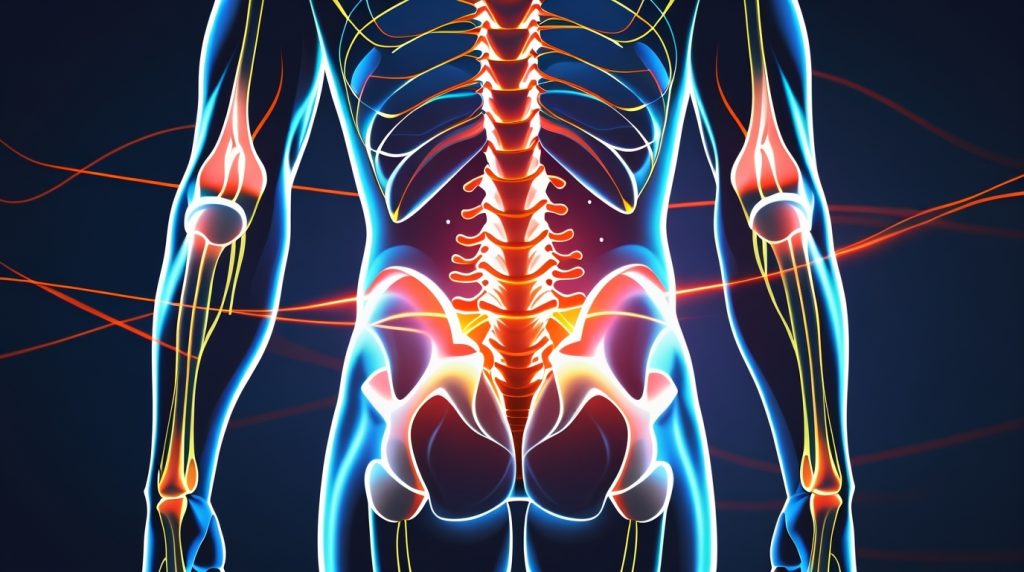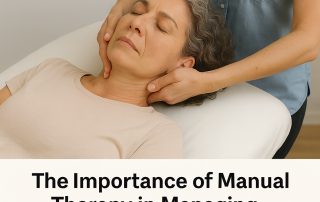Quick take: Most back and neck pain isn’t dangerous and improves with conservative care. But certain red flags mean you should seek medical attention promptly. This guide explains what to watch for, how manual physical therapy can help, and when to get urgent care. (American Academy of Family Physicians)
When back or neck pain is usually not dangerous
Muscle strain, joint irritation, postural overload, and stress are common causes that improve with activity modification, targeted exercise, and hands-on care. Routine imaging (X-ray/MRI) is not recommended in the first 6 weeks unless red flags are present. Unnecessary imaging often finds benign “incidental” findings and doesn’t speed recovery.
Red flags: get medical advice urgently if you notice
Seek medical care immediately if any of these occur:
- Loss of bowel or bladder control or saddle anesthesia (possible cauda equina syndrome).
- Progressive leg/arm weakness, numbness, or gait problems (possible nerve or spinal cord involvement, including cervical myelopathy).
- Fever, chills, recent infection, IV drug use, or immunosuppression (possible infection).
- History of cancer or unexplained weight loss (possible malignancy).
- Significant trauma or osteoporosis/long-term steroid use (possible fracture).
These are widely recognized red flags for low back and neck pain.
How Manual Physical Therapy helps
A skilled manual physical therapist can calm pain, restore mobility, and guide you back to normal activity with techniques like myofascial release, gentle joint and nerve mobilization, and an individualized exercise plan. Early, active care beats prolonged rest. (Learn more about our approach to Back & Neck Pain and Myofascial Release.)
What to expect in conservative care
- Gentle hands-on techniques to reduce protective muscle guarding
- Movement re-education and progressive home exercise
- Ergonomic and activity modifications
- Stress and sleep strategies that support healing
Imaging or surgery is reserved for rare cases with red flags or when symptoms don’t improve with high-quality conservative care.

When to seek immediate medical attention
- New bowel/bladder changes, severe or rapidly worsening weakness, or saddle anesthesia
- Fever with severe back/neck pain
- After high-energy trauma (fall, crash), or if you have known osteoporosis and sudden pain
- Unrelenting night pain or unexplained weight loss
These scenarios warrant urgent evaluation.
Book care in Arvada, CO
Manual Therapy Associates
12001 W. 63rd Place, Suite 202, Arvada, CO 80004 — Call: 303-668-2898
Hands-on, one-to-one physical therapy. Book now.
FAQs (people-first, concise answers)
Do I need an MRI for back or neck pain?
Usually no. Imaging in the first 6 weeks isn’t recommended unless red flags are present.
When should I go to the ER?
If you have bowel/bladder changes, progressive weakness, saddle anesthesia, fever with severe pain, major trauma, or cancer/red-flag concerns.
Is bed rest helpful?
Short rest is okay during severe flare-ups, but a quick return to gentle movement is better for recovery. (Consistent with modern guideline advice to stay active.)
Can manual therapy help a disc problem?
For many people, yes—combined manual therapy and graded exercise can reduce pain, improve mobility, and support healing. Seek urgent care if red flags appear.
Check out our Facebook!





